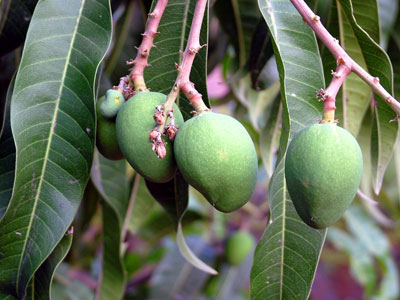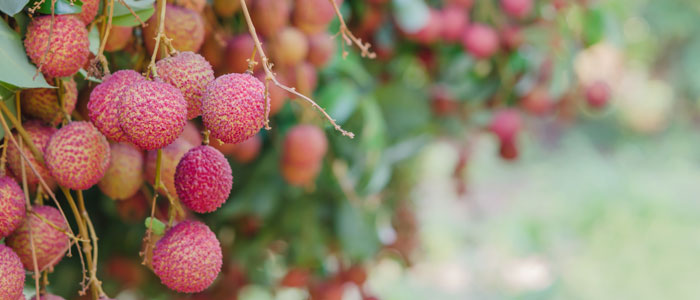Scientists working at the Canary Islands Institute of Agricultural Research (ICIA), an autonomous body attached to the Minister for Agriculture, Stockbreeding, Fisheries, and Food in the Canary Islands Government, continue to analyze the enormous possibilities of growing exotic fruits in the Canary Islands to explore new marketing opportunities.
To this effect, researchers focus their analysis on the farm Cueva del Polvo (Guía de Isora, Tenerife) with a collection of recent exotic fruit species in the Archipelago, such as Mamey Colorado or Jackfruit.
Particular attention in this field should be made to the lychee trials, also known as litchi, carried out with different varieties and which have shown the interest of this fruit of appreciated taste qualities to the point that, in ancient times, it was reserved for the emperors.
 To these studies are added those developed in Papaya, aimed at identifying the best varieties of this exotic fruit to determine the most outstanding aspects of each of them.
To these studies are added those developed in Papaya, aimed at identifying the best varieties of this exotic fruit to determine the most outstanding aspects of each of them.
We also seek to clarify whether, in the future and using innovative breeding techniques, crossbreeding could be achieved with plants considered more optimal to obtain better-adapted varieties in the medium term.
Additional tasks have also been developed related to the mango fruit aimed, among other aspects, to analyze the evaluation of plantations and the development of new cultivation techniques.
All these investigations allow to diversify the agricultural activity and that the farmers have a greater variety of the crop as a complement to the traditional ones; As well as obtaining better commercial-quality fruits.
The exotic plants we have at Canarius are grown within greenhouses in different areas of Tenerife, where the use of chemicals is kept to a minimum. Some of our nurseries are completely organic, and others are energetically self-sufficient.
In the Canary Islands, we enjoy a subtropical climate with a cool winter. However, our nurseries are not air-conditioned to produce robust and resistant plants that can be grown in colder climates.
















